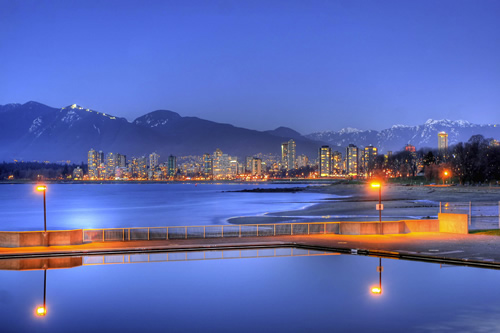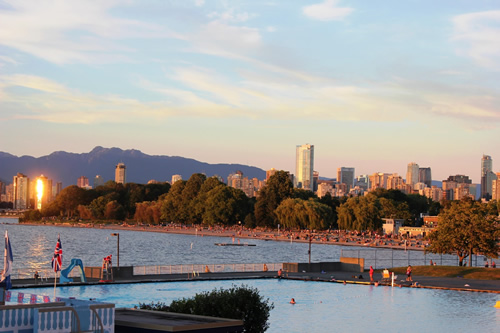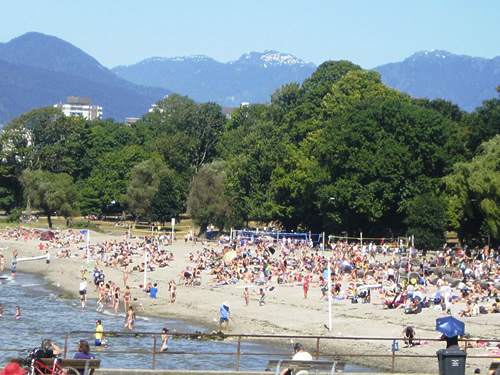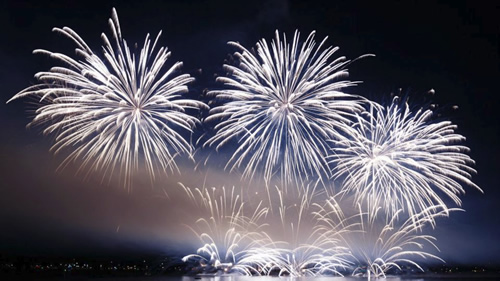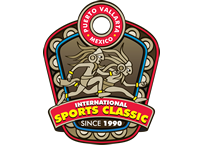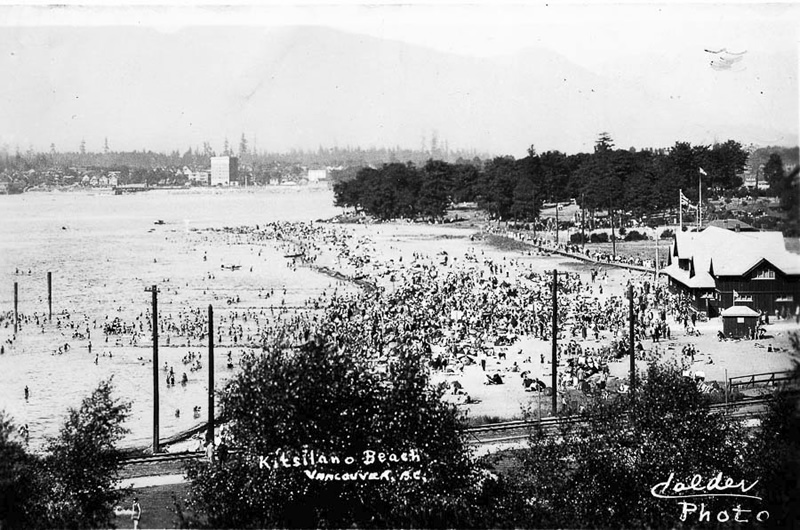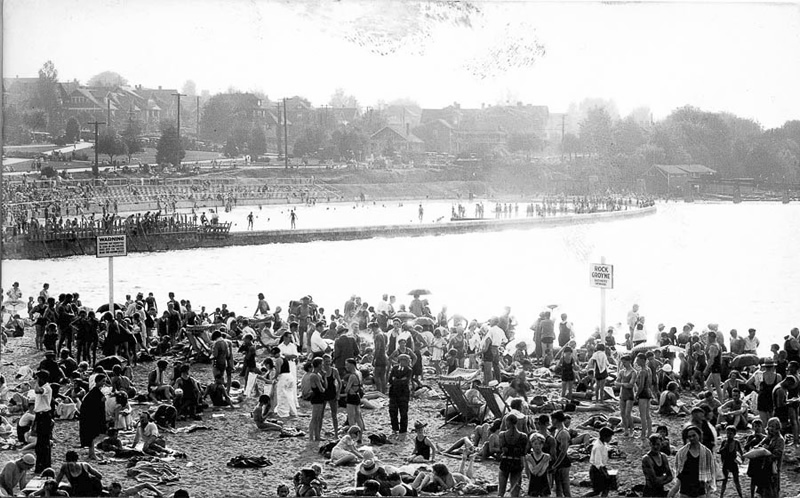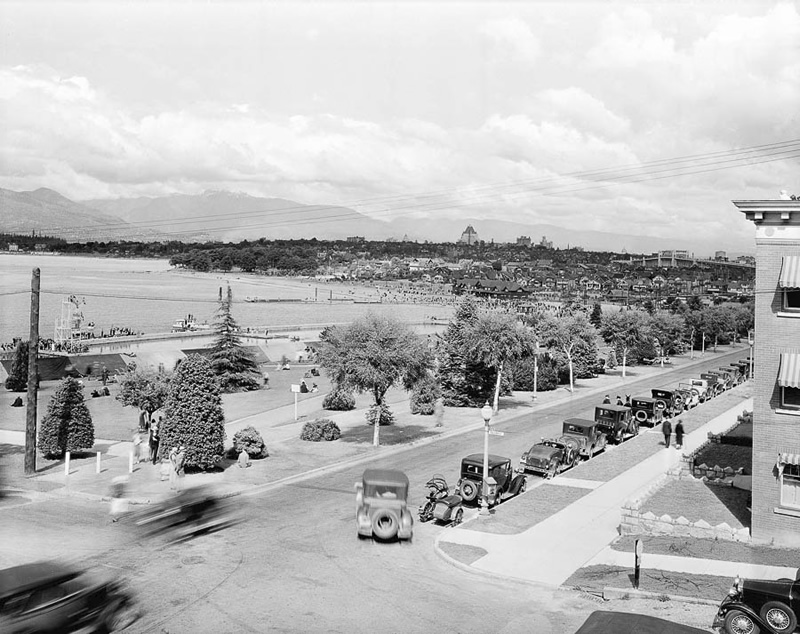History of Kitsilano

Kitsilano is one of the most desirable and favorite Vancouver neighborhoods, located on the West Side of the city. Bounded to the north by the shores of beautiful English Bay, on the south by 16th avenue, Kitsilano stretches from Burrard Street on the east to Alma Street on the west.
Kitsilano takes its name after a Squamish First Nation chief, whose people were displaced by the local government in 1901. The first settlers were involved in logging and mill industry as Kitsilano region was a dense forest. The area, even though, a wild rain forest, was easily accessible thanks to its flatness.
Kitsilano Beach (then known as Greer Beach) was a very popular destination for many campers during the summer months, and after the city banned tenting in 1908, Kitsilano became one of the city’s parks. With the development of the CPR on the turn of the century, Kitsilano became more connected with the downtown and surrounding districts as it had two electric streetcar lines. After Burrard bridge was built in 1932,the area bloomed and the second stage of the housing development begun.
During the second half of the 20th century, more families, young professionals and students moved into the area making it a very popular neighborhood for new Vancouverites. Proximity to the downtown, stunning Kitsilano and Jericho beaches, housing developments and city infrastructure development made ‘Kits’ a desirable destination and home within the city’s limits.
Today’s Kitsilano neighborhood housing consists of heritage homes (many Craftsman style houses may be seen on the 5th and 6th Avenues), low-rise condo buildings, town homes and duplexes.
